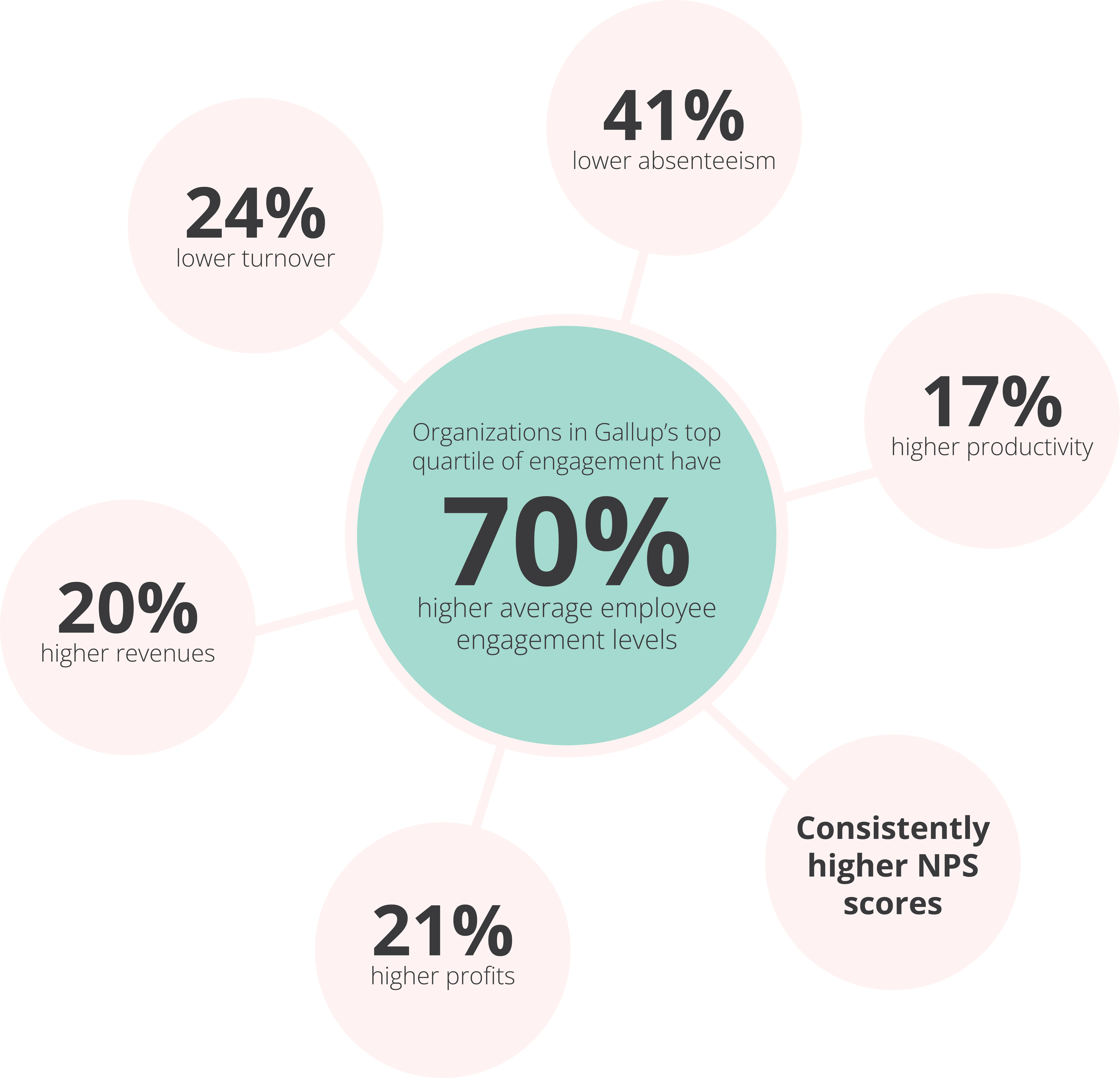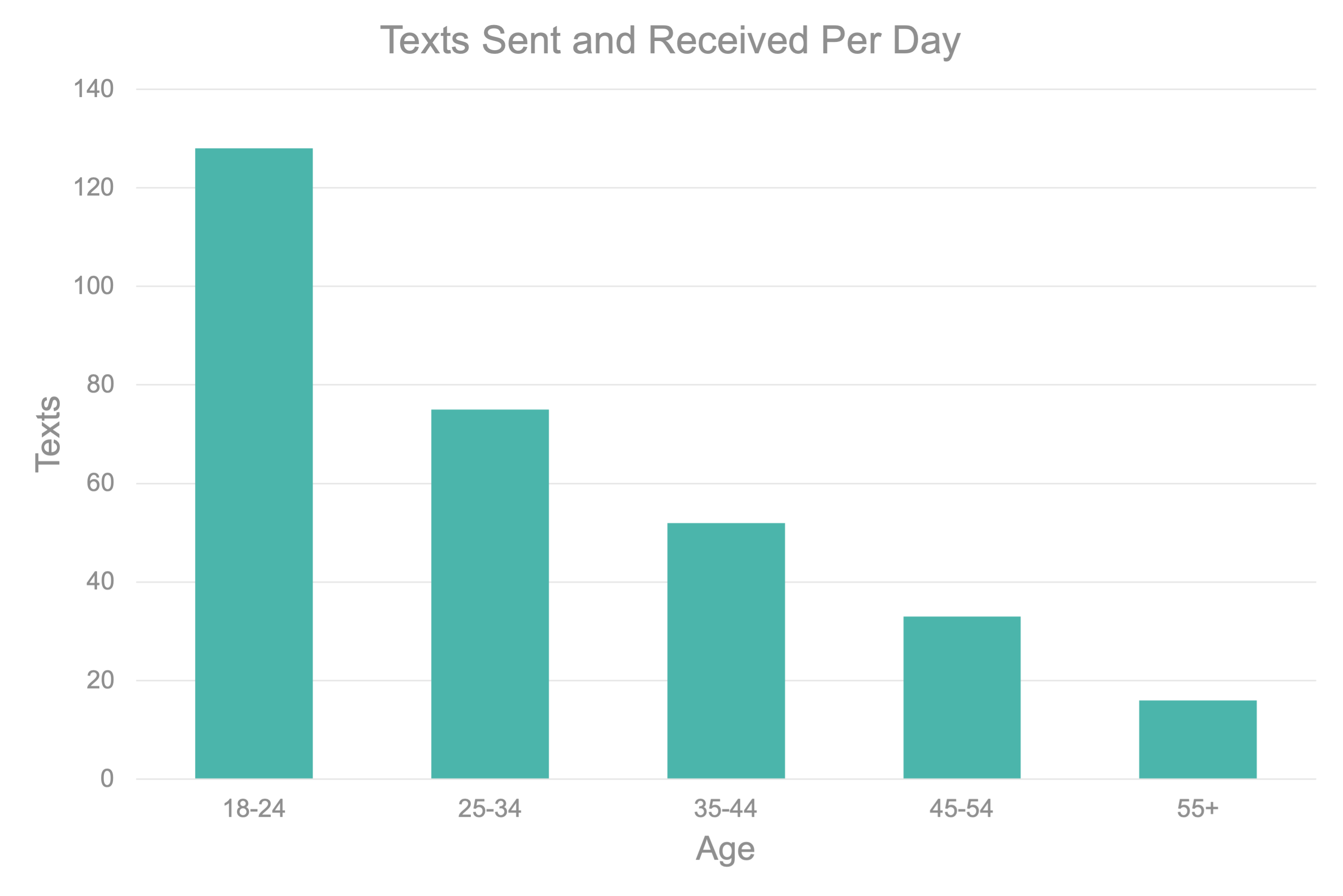Great frontline engagement requires intentional, ongoing communication.
Do your workers feel valued and connected? Learn communication best practices for increasing employee engagement and productivity.
Having a happy and engaged frontline workforce can reduce turnover and move your bottom-line results by multiple zeros. Yet, according to the latest Gallup poll of employee engagement, 67% of U.S. employees say they are either “disengaged,” meaning they are doing just enough to stay employed, or “actively disengaged” and actually working against the goals of the organization.
It’s an understatement to say there’s a lot at stake for organizations that don’t step up to prioritize frontline employee communication and engagement.

Every employee, regardless of physical location or job description, needs to be digitally connected to the organization. The pandemic has pushed mobile communications from nice-to-have to must-have for frontline communication.

When communicating with employees via their personal phones, organizations need to be cognizant of two important compliance components:
